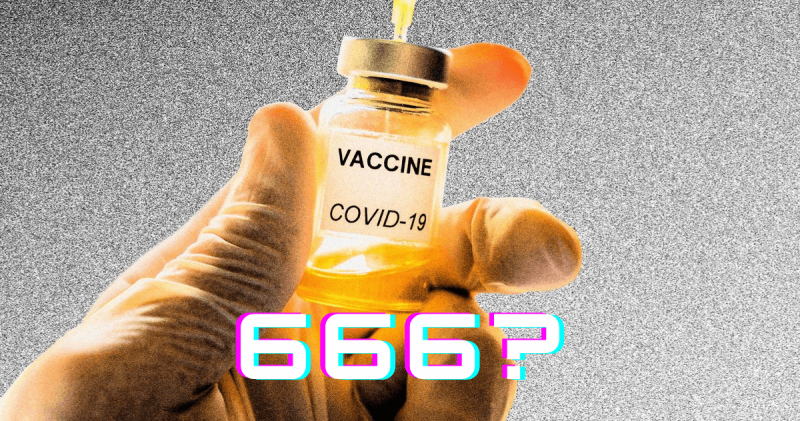Podcast: Play in new window | Download
Subscribe: RSS
Join geneticist Kevin Folta and GLP editor Cameron English on this episode of Science Facts and Fallacies as they break down these latest news stories:
The last book of the Bible, Revelation, contains the following cryptic passage:
[The beast] forced all people …. to receive a mark on their right hands or on their foreheads, so that they could not buy or sell unless they had the mark, which is the name of the beast or the number of its name.
Most historians maintain that the “beast” is probably a reference to the Roman Emperor Nero (who died in 68 AD). His “mark” was a symbolic sign of loyalty first-century Romans displayed by worshiping the emperor, a longstanding practice in the empire. Christians at the time often refused to participate and were sometimes persecuted as a result.
Post COVID, some evangelical Christians have stripped this Biblical passage of its historical context, arguing on social media that Revelation 13 describes modern events that are leading to the end of the world. The mark of the beast, they claim, is the coronavirus vaccine; receiving it is evidence of loyalty to the devil. Facebook and other tech giants have started censoring this fringe content. But several experts told the Washington Post that social media companies are having a tough time drawing the line between dubious medical claims and religious speech. What, if anything, should be done to stem the spread of these apocalyptic claims?
How did scientists develop the first genetically engineered crops? They shot DNA-coated pellets into plants using a tool they creatively dubbed the “gene gun.” The story of its development is an amusing example of how odd ideas sometimes become powerful technologies that have world-altering consequences.
As climate change puts ever-increasing pressure on global food production, scientists are looking to space travel for solutions. Private biotech and space exploration companies are sending plants off planet with the hope that the zero-gravity environment and intense radiation of space could tweak their DNA in ways that may help them survive hotter temperatures on earth. Since many countries are still wary of genetic engineering, could space-altered plants one day become a viable food source?
Subscribe to the Science Facts and Fallacies Podcast on iTunes and Spotify.
Kevin M. Folta is a professor in the Horticultural Sciences Department at the University of Florida. Follow Professor Folta on Twitter @kevinfolta
Cameron J. English is the GLP’s managing editor. BIO. Follow him on Twitter @camjenglish































